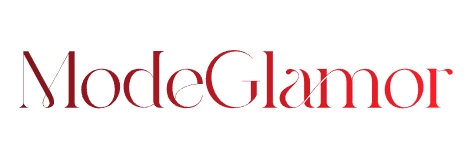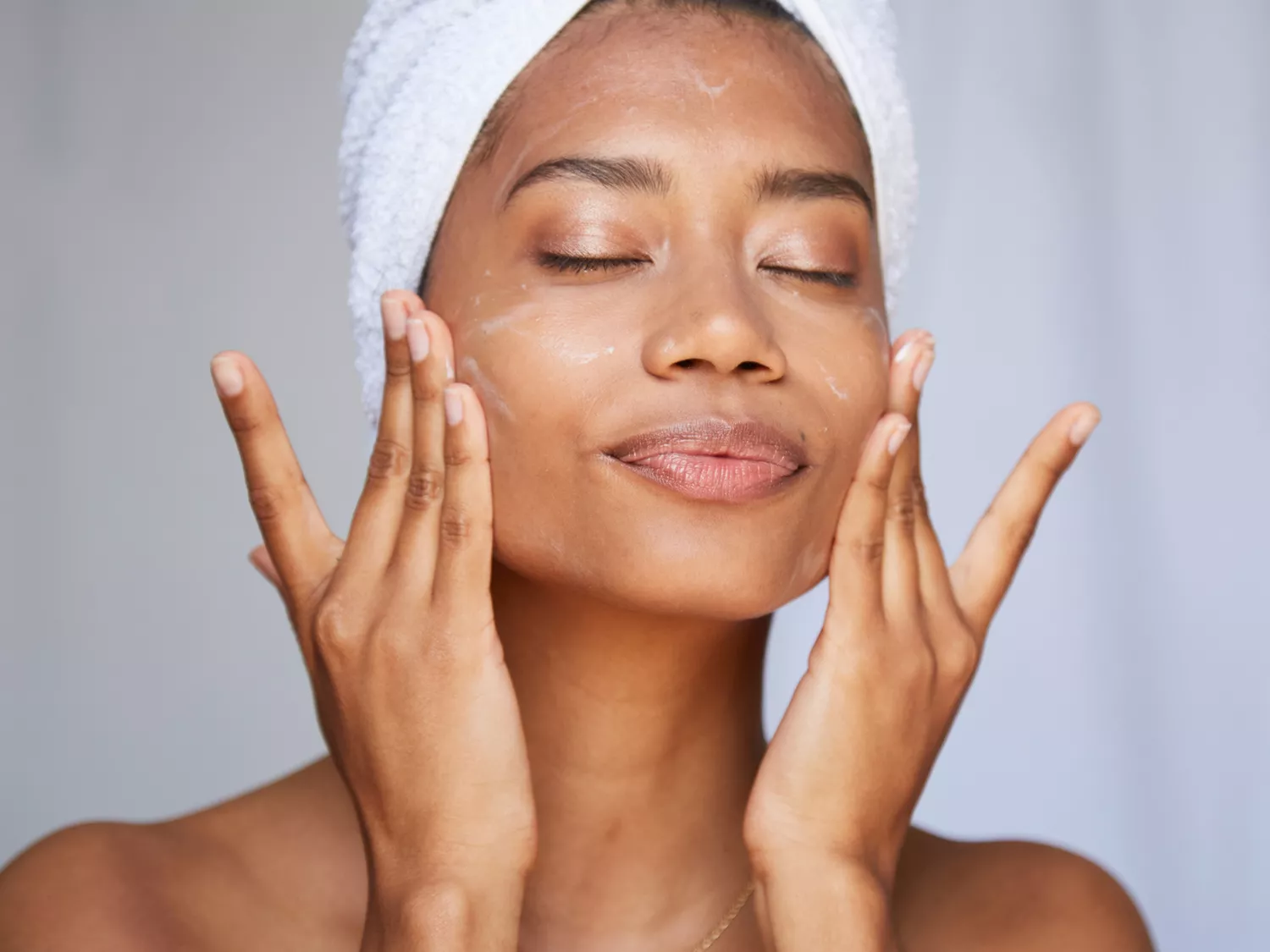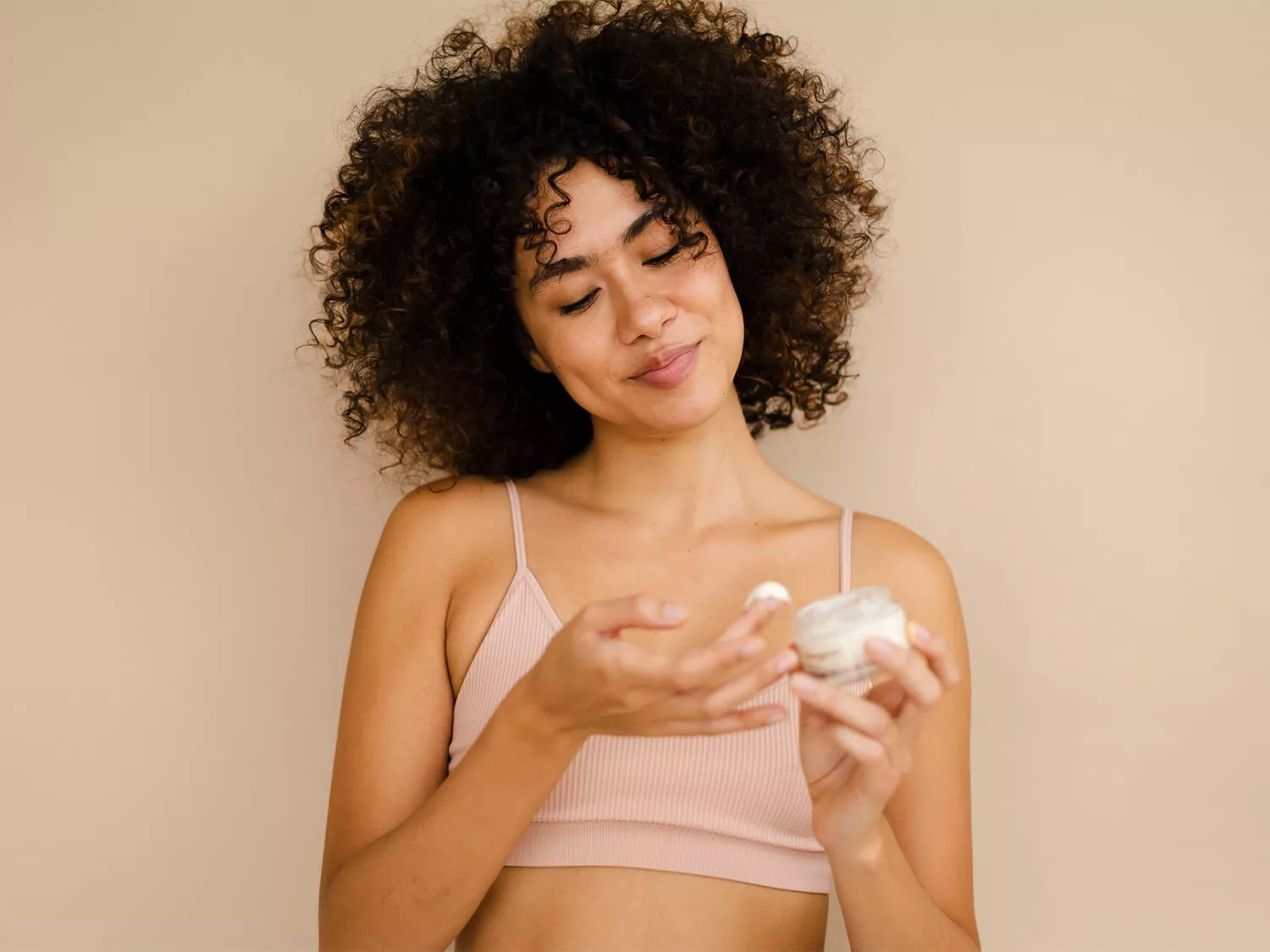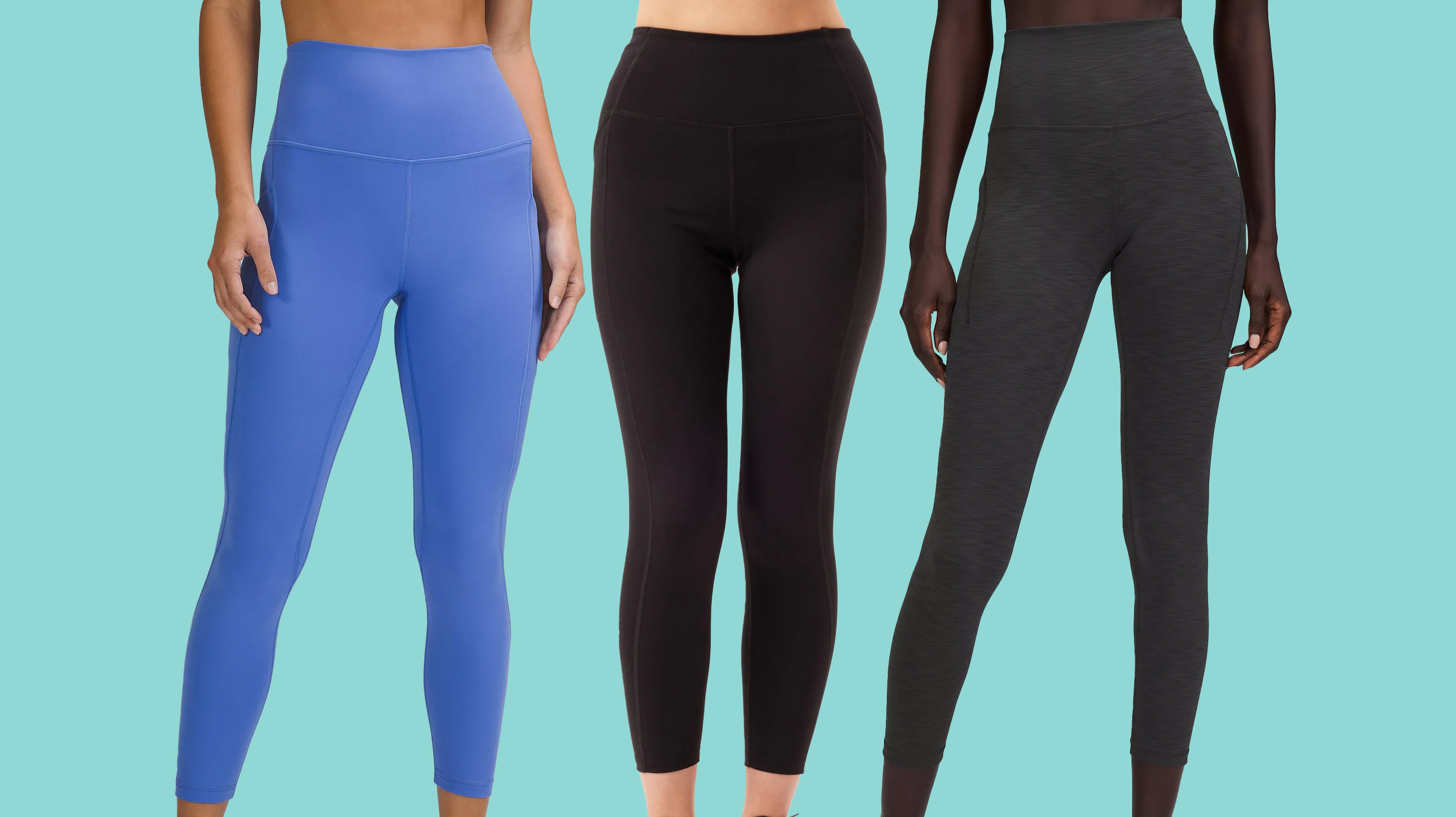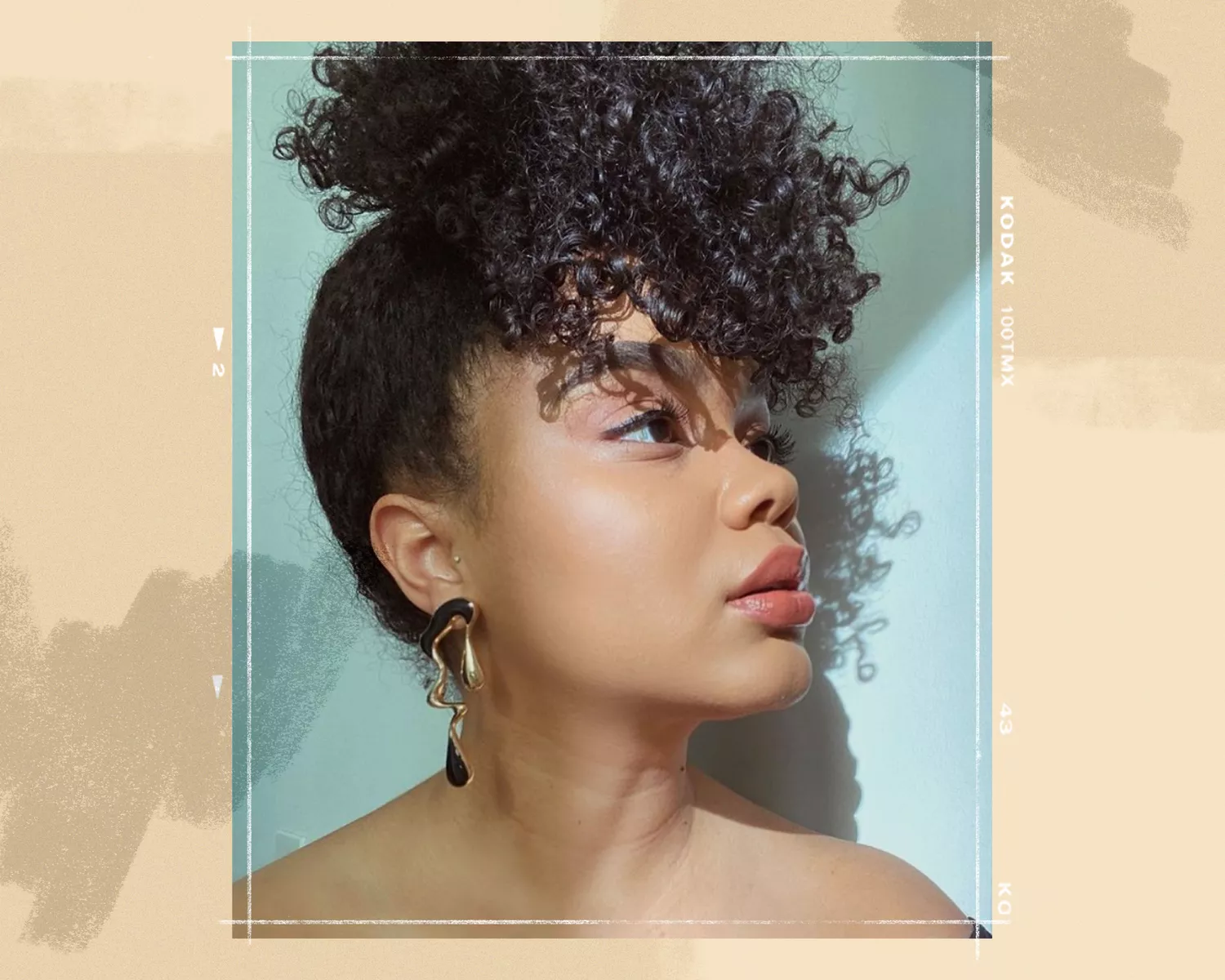
Marcos Flores / Pexels
"Polyglutamic acid is a hydration powerhouse!" Tilbury tells us. "Polyglutamic acid is an incredible humectant that holds four times more moisture than hyaluronic acid (HA)—my skin just drinks it in!"
So why is an ingredient supposedly more moisture-banding than the hydration hero that is hyaluronic acid so little known? I called on Tilbury and scientist Michelle Wong of Lab Muffin Beauty Science to reveal more about the enigma that is polyglutamic acid. Plus, keep scrolling to shop the products that feature this buzzy skincare ingredient.
POLYGLUTAMIC ACID
TYPE OF INGREDIENT: Hydrator
MAIN BENEFITS:Moisturizes skin, reduces the appearance of wrinkles and pores, replenishes cell moisture.
WHO SHOULD USE IT:It is ideal for anyone with dry or dehydrated skin. Polyglutamic acid is safe for all skin types, however, if you have sensitive skin it is always best to patch test a new product.
WHEN YOU CAN USE IT: Polyglutamic acid can be used morning and night.
WORKS WELL WITH: It plays nicely with other skincare ingredients, especially hyaluronic acid and vitamin C.
DON’T USE WITH: There are no known negative reactions with polyglutamic acid.
What Is Polyglutamic Acid?
"Glutamic acid is an amino acid. Polyglutamic acid is created when lots of glutamic acid molecules are linked together," says Wong. "Its produced by bacterial fermentation and is found in Nattō." [Ed note: Nattō is a traditional Japanese food made from fermented soybean.]
Polyglutamic acid is very similar to another buzzy skincare hero, hyaluronic acid but, as experts note, its perhaps even more moisturizing.
What Are the Skin Benefits?
"Its a very effective humectant that can grab onto water and keep skin hydrated," notes Wong.
"Polyglutamic acid helps seal the moisture in your skin, and enhances the skin’s elasticity," says Tilbury. "Part of the aging process involves the loss of HA in the skin, which is broken down by an enzyme called hyaluronidase. Products that contain PGA help to inhibit the action of hyaluronidase, resulting in more HA in the skin, and giving an overall moisturized, rejuvenated, and hydrated appearance to the skin."
Within her namesake brands Magic Serum, Tilbury tells us that the PGA hydrates the skin, leading to a plumper-looking complexion and a diminished appearance of pores. "It makes makeup application so much easier too!" she adds.
How Does It Compare to Hyaluronic Acid?
"[Unlike HA], polyglutamic acid doesnt occur naturally in our bodies," Wong says. "Ingredient suppliers claim it can hold 10 times more water than hyaluronic acid, which is very impressive." Tilbury, on the other hand, claims it holds four times as much moisture because of its larger molecular size and can actually help the skin produce more hyaluronic acid. "Not only does it draw water into the cells, like HA, but it also forms a protective film on your skin that prevents water from evaporating," she claims. "I call it my plumper-looking skin filter!"
What both Wong and Tilbury do agree on is that polyglutamic acid is more effective at holding onto moisture than hyaluronic acid, however, dont be so quick to abandon HA in favor of PGA. "I see the two ingredients as friends rather than competitors," says Tilbury. "When used together, they can be seen as the ultimate recipe for hydrated skin."
Why Is It Under-the-Radar?
Polyglutamic acid is relatively new on the beauty market, Wong tells us. According to Tilbury, it also costs more than HA, which affects profit margins and could be one of the reasons we havent seen it in that many products to date. That being said, as the popularity of this skincare powerhouse increases, we could eventually see more products, at lower price points, enter the market. Already, we see the acid as a key ingredient in at least one trendy skincare line, the Futurwise Slugging System.
Does Polyglutamic Acid Play Nice With All Skin Types?
Tilbury notes that "polyglutamic acid floods the skin with moisture—all skin types require hydration to function optimally but sensitive and dry skin types, in particular, will love the hydration boost this gives." Oily skin could also benefit from polyglutamic acid, but its best to proceed with caution.
Is It Best Applied via a Serum?
Polyglutamic acid is mostly formulated into serum textures, and Wong tells us that "since its a general humectant and effective at very low concentrations (as low as 0.1%), it can work well in lots of different formulations. Along with serums, it can be formulated into moisturizers, essences, toners, possibly even sunscreens though I dont know of any on the market yet." It also plays well with makeup, so you can layer it on the skin before adding in your other products.
"As more people learn about the benefits of PGA, it will gain the cult status of HA and we can expect to see it used in more products," predicts Tilbury. "I’m thrilled to have been one of the first to bottle this incredible, supercharged ingredient."
Interactions to Know About
There are no known ingredients that negatively interact with polyglutamic acid. In fact, according to Wong, polyglutamic acid "mixes well with other products, especially water-based ones." In other words, using it in conjunction with moisturizers, oils, etc. is kind of the point, as it can increase the absorption of other ingredients. That being said, if your skin does develop a rash or reacts negatively, its always best to back off a new product and seek an experts help.
Side Effects
As with pretty much any type of acid, its possible to develop an allergic reaction to polyglutamic acid. Signs and symptoms would be red, tingling skin, hives, itchiness or swelling. If you do note any of the above—or find that your skin is dry and scaly rather than moist and well-hydrated—its time to visit a dermatologist. Acids are sometimes best to introduce to your skin over time, so if youre worried about a negative reaction, try using a polyglutamic-containing product just once per week, and gradually working your way up to every day. This will allow your skin time to tolerate the acid.
FAQ
Can I use hyaluronic acid and polyglutamic acid together?
Yes, you can use hyaluronic acid and polyglutamic acid together. When used in conjunction, both ingredients work to help moisturize the skin and repair the skin barrier.
When should you use polyglutamic acid?
Polyglutamic acid can be worn morning or night, and is best applied post-cleanse and prior to serums, moisturizers, sunscreens, or makeup.
Are there any skin types that should not use polyglutamic acid?
Polyglutamic acid is thought to be safe for all skin types, but it works especially well on those with dry skin. As with any skincare ingredient, its best to exercise caution when introducing a new product into your daily routine.
Hyaluronic Acid Is the Hydrating, Plumping Molecule Your Skincare Routine Needs
